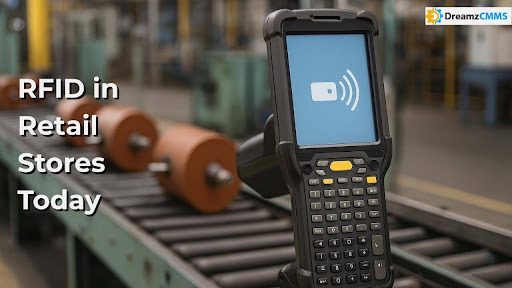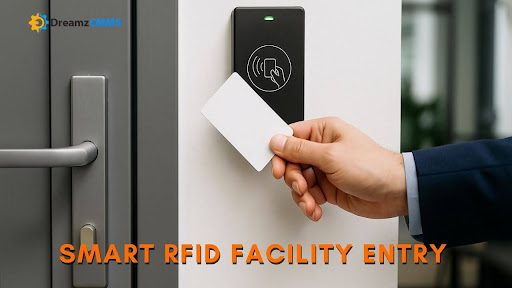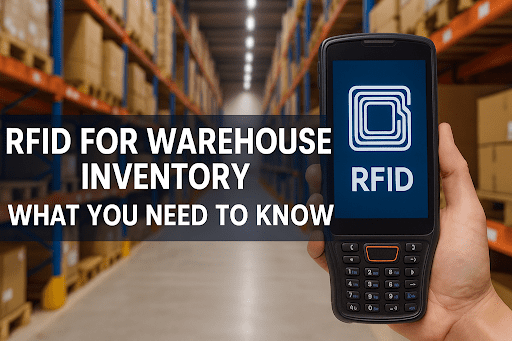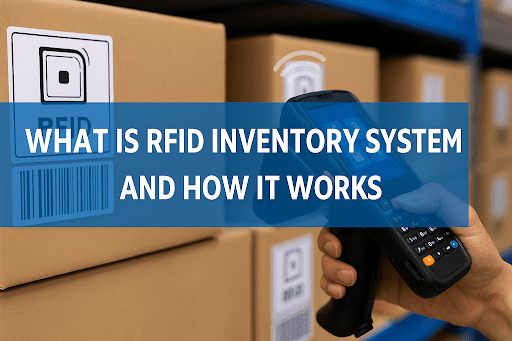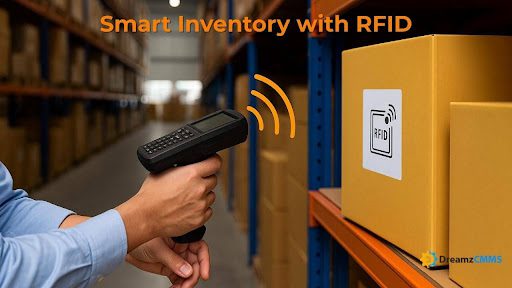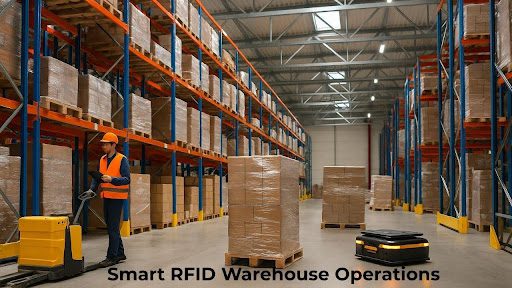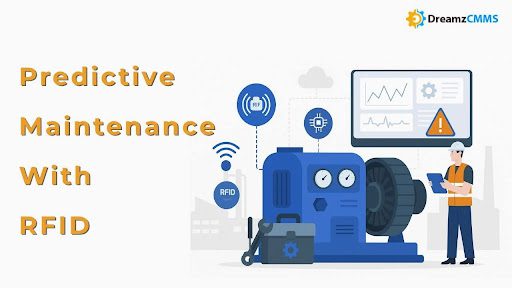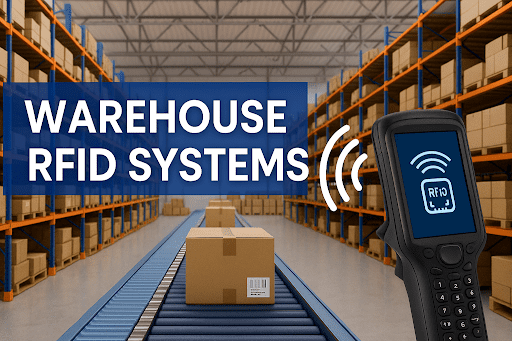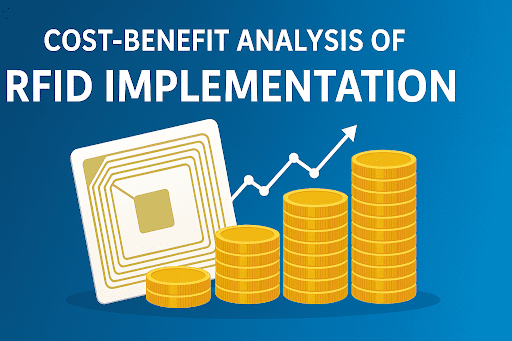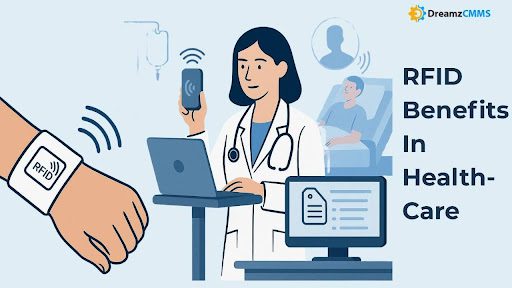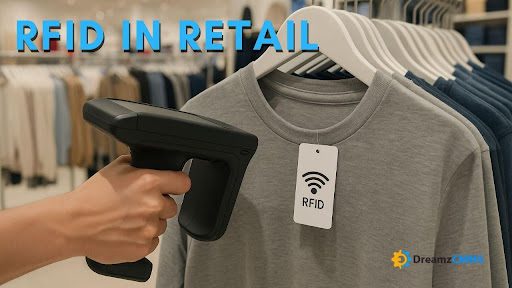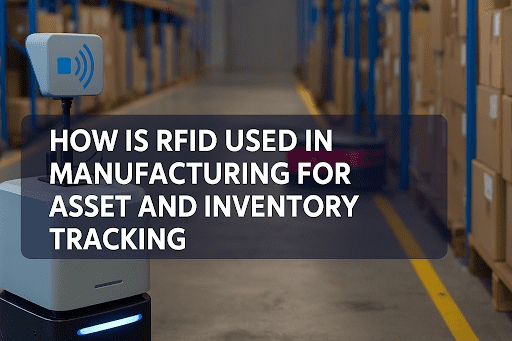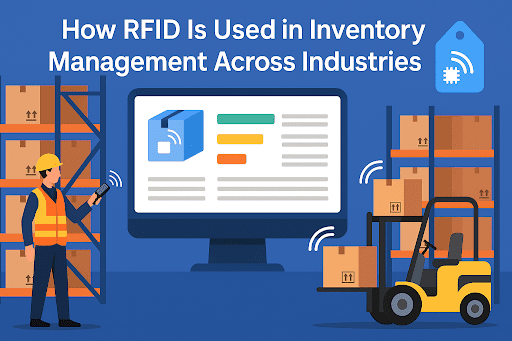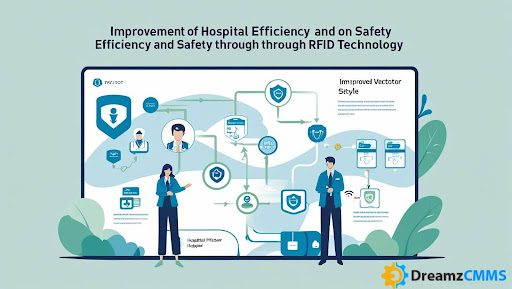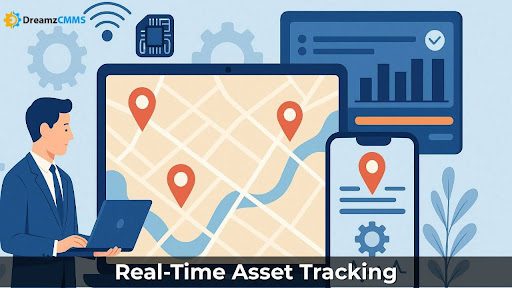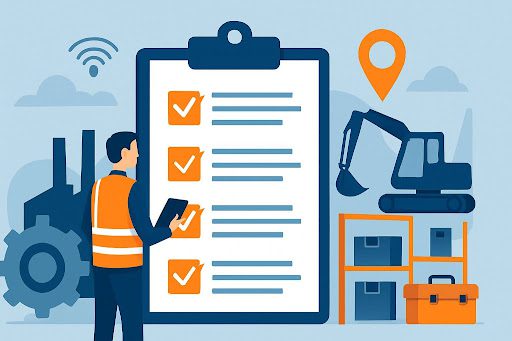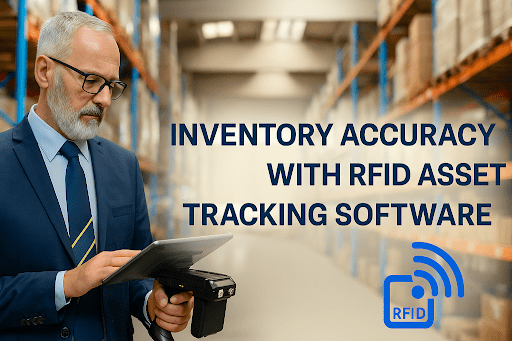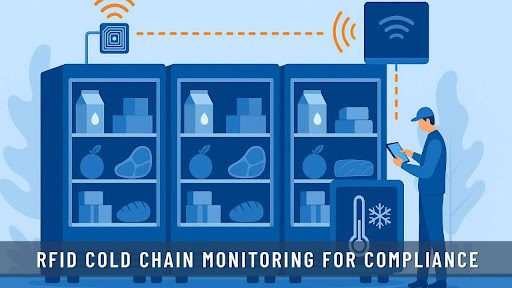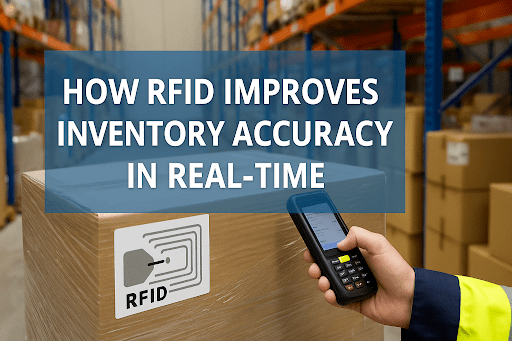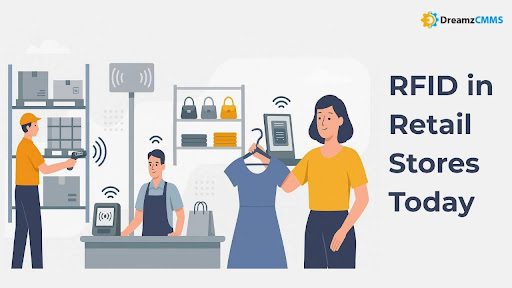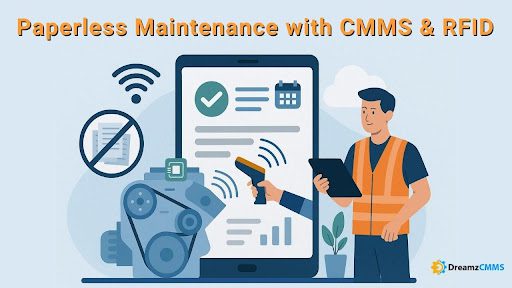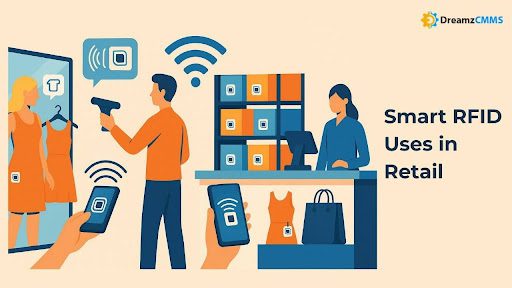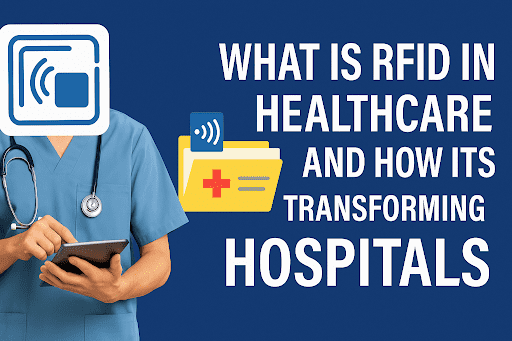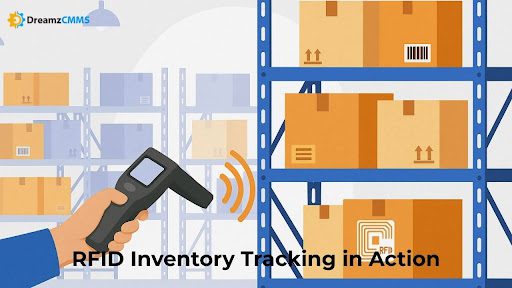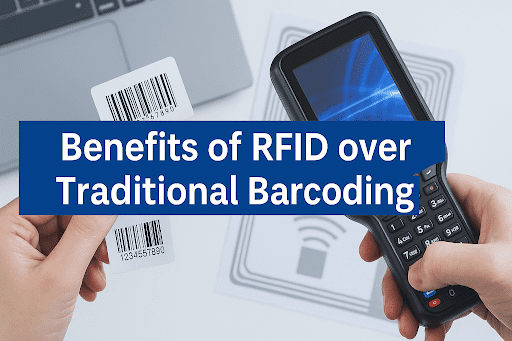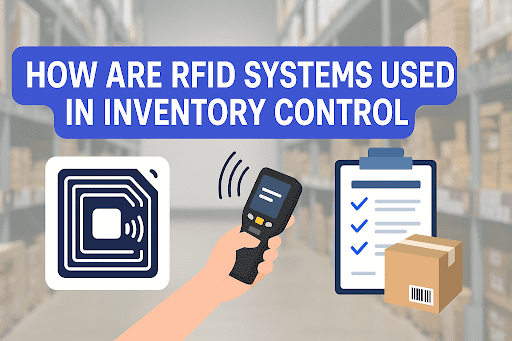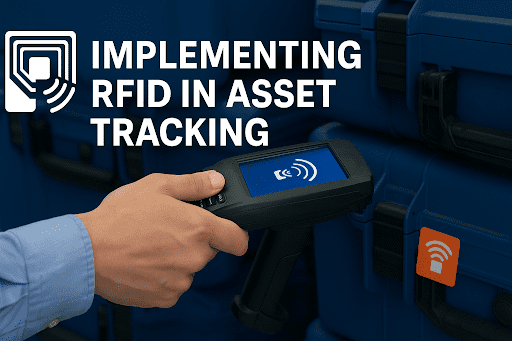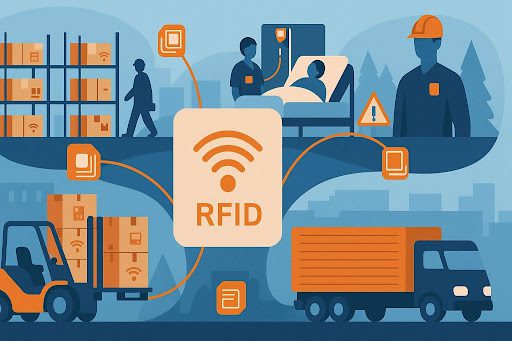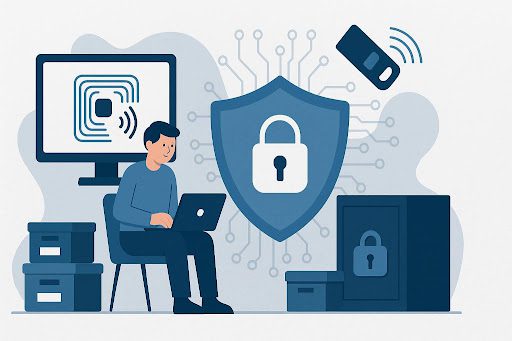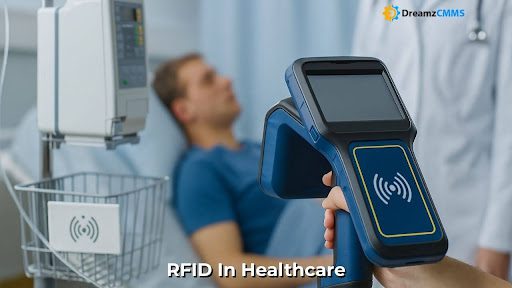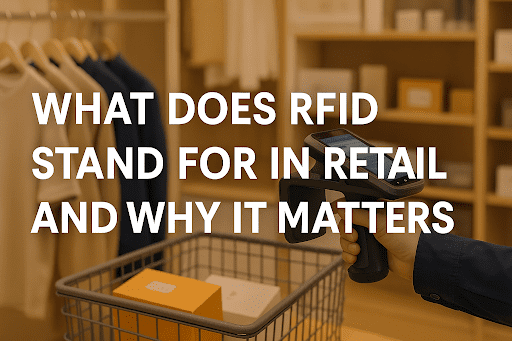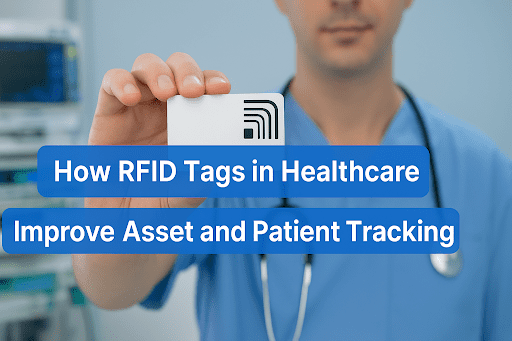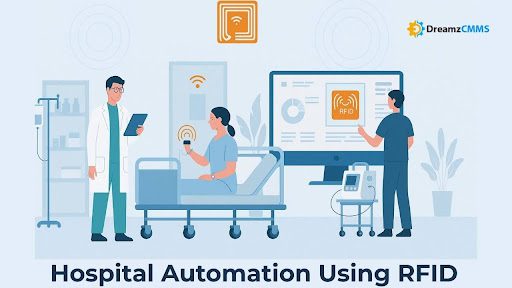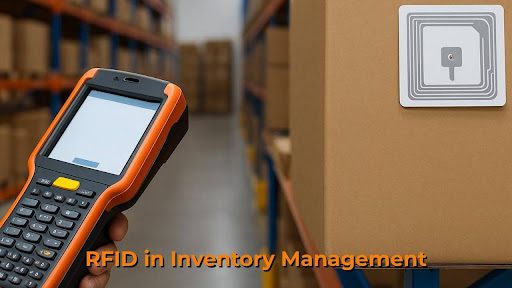 BACK TO Blog
BACK TO Blog
Asset Rental Management
RFID Asset Tracking
RFID Event Tracking: Turning Live Attendance Into Clear, Real-Time Data
- June 30, 2025
- DreamzCMMS Team
- 9 minutes read
- June 30, 2025
- DreamzCMMS Team
- 9 minutes read
Executive Summary
Managing high-volume events comes with pressure. Entry needs to be smooth, access must be controlled, and real-time updates are often expected. Relying on manual sign-ins or badge checks is no longer practical.
RFID event tracking offers a more efficient way to manage this process. It uses small tags often on wristbands or cards to log activity as it happens. Attendees walk through checkpoints without stopping. Event teams see live data instantly.
Why It Matters to Decision Makers
| Task | Before RFID | After RFID |
| Attendance tracking | Sign-in sheets | RFID for event attendance tracking updates automatically |
| Access control | Manual checks | RFID badges for event access control enforce entry rules |
| Movement monitoring | Post-event data | Attendee movement tracking using RFID shows what is happening now |
Systems like RFID Asset Tracking Software can extend this tracking beyond people. You can monitor equipment, signage, or even crowd control tools using the same platform.
Why RFID Is Replacing Clipboards at Large Events
Event planners face the same challenges year after year: long entry lines, unclear headcounts, and scattered security logs. None of those issues are technical they come from processes that rely on manual checks. RFID event tracking removes that manual layer and replaces it with silent, automatic data collection.
What Has Changed in the Industry
- Expectation of live numbers. Sponsors and executives now ask for real-time dashboards, not next-day summaries. With RFID for event attendance tracking, those numbers update every few seconds.
- Need for smooth access control. Paper passes and visual checks take time and invite error. Swapping to RFID badges for event access control lets guests keep walking while the system enforces rules in the background.
- Focus on crowd flow. Room usage, traffic peaks, and dwell times feed directly into future planning. Attendee movement tracking using RFID captures that insight without surveys or manual counts.
How the Platform Works
- Tag or wristband issued at registration.
- Readers positioned at doors and key zones pick up each tag ID automatically.
- Data streams into a single dashboard that shows live counts and zone status.
- Alerts trigger when capacity limits or access violations occur.
The same network can watch over equipment as well. Linking the readers to Asset Maintenance Management Software means a misplaced scanner or kiosk shows up on the map in seconds.
Results Leaders Care About
| Metric | Before RFID | After RFID |
| Check-in time per guest | 15–20 s | 3–5 s |
| Headcount accuracy | ±8 % | ±1 % |
| Access violations found post-event | Dozens | Rare |
These gains arrive without asking staff to learn a new workflow. Attendees still pick up a badge; the difference is everything else happens automatically.
How RFID Brings Practical Gains to Event Operations
RFID is often seen as a technical tool, but its real strength lies in what it removes: friction. Tasks that once required staff attention now happen without interruption. For teams running large-scale events, this shift has a direct effect on efficiency, accuracy, and attendee experience.
Where RFID Fits Best
Session Attendance Without Scanners
In-session check-ins are often skipped or delayed. With RFID for event attendance tracking, attendees are counted automatically as they walk into a room. No one needs to stop or scan a badge.
Access That Manages Itself
Controlled areas often require manual badge checks. This takes time and creates bottlenecks. RFID badges for event access control allow for quick entry while ensuring rules are followed.
Movement Insights Without Surveys
Understanding crowd flow helps teams plan layouts and manage traffic. Instead of relying on observation, attendee movement tracking using RFID shows where people go and how long they stay.
Performance in Numbers
| Function | Before RFID | With RFID |
| Room traffic logs | Based on headcounts | Captured automatically |
| Access filtering | Staff checked badges | Handled through tag permissions |
| Event layout feedback | Post-event surveys | Pulled from real-time data |
A Broader View with Integrated Systems
RFID can do more when paired with existing tools. For example, combining it with Work Order Management Software allows teams to keep track of event assets as well. If something goes missing or moves out of bounds, it is flagged instantly.
This connection between movement and operations gives event managers control beyond attendee data.
Thinking About RFID but Not Sure Where to Start?RFID does not require a full-system overhaul. Many teams begin with one use case—entry tracking, access control, or asset monitoring and expand from there once they see results.If you want to see how RFID fits into your current workflows, we can show you what it looks like in practice. Book a Free Demo to explore how real-time tracking connects with your existing tools, teams, and timelines without disruption. |
Rolling RFID Out: Steps That Keep Business Disruption Low
Successful technology projects tend to share one trait: a clear plan before the first reader is installed. The same rule applies when a team decides to move from manual check-ins to an RFID-based approach. The outline below shows a path that limits risk while delivering quick wins.
1. Match the Tool to a Single Pain Point First
Start by naming the problem you want to fix: long entry lines, missing head-count data, or gaps in access control. If the goal is faster throughput, place readers at the main doors and issue RFID badges for event access control only in that zone. Proving value in one area builds momentum for wider use.
2. Run a Short Pilot With Real Metrics
Choose one event or a single venue day. Measure average check-in time and head-count accuracy before installing the system. During the pilot, let RFID for event attendance tracking collect the same figures automatically. The comparison provides hard evidence for leadership discussions.
3. Connect Data to Systems You Already Trust
RFID works best when its numbers flow into the dashboards managers review each morning. Linking the feed to RFID Asset Tracking Software or to an existing Work Order Management Software instance keeps teams from juggling extra logins.
4. Plan for Growth, but Keep Hardware Light
Reader placement often makes or breaks a rollout. Map traffic patterns, then add antennas where people naturally pass doorways, escalators, or session entrances. Tag costs stay low because the system logs movement passively; there is no need for handheld scanners.
5. Train Staff on Exceptions, Not Routine Flow
Most of the work is invisible to end users. Staff only need to know how to handle edge cases, lost badges, VIP overrides, or equipment crossed into restricted zones. When exceptions are clear, the everyday process runs on its own, aided by attendee movement tracking using RFID and automated alerts.
6. Review, Adjust, Repeat
After the first full deployment, pull the metrics. Look at queue length, head-count variance, and any security flags. Tighten reader placement if blind spots appear. Once the core works reliably, extend coverage to merchandise areas, back-of-house inventory, or crowd-control gear with help from Asset Maintenance Management Software.
Key Takeaway for Decision Makers
A phased rollout keeps costs predictable and user adoption high. Each stage produces data that validates the next investment, turning RFID event tracking into a steady, low-risk upgrade rather than a single, high-stakes leap.
What RFID Offers Beyond the Event Floor
RFID tools often begin with attendee tracking, but their value extends well beyond that. Other departments' facilities, logistics, and security can act on the same data. That makes this one investment useful to multiple teams without duplicating systems.
Supporting Facility Operations
Venue managers benefit when they know how spaces are used. With Facility Management Software connected to RFID readers, teams can view live occupancy, plan cleaning based on foot traffic, and address overuse or missed areas during peak times.
Keeping Track of Assets in Motion
Most events involve equipment that moves. Carts, cameras, kiosks, even storage crates all change location quickly. Adding tags and linking them to Inventory Management Software helps staff find what they need faster. It also prevents loss when multiple vendors are onsite.
Sales and Outreach, Informed by Real Activity
Good follow-up relies on knowing what a guest actually did, not just what they signed up for. RFID event tracking quietly captures that context, helping your outreach teams focus on relevance, not just volume.
By feeding attendee data into systems like Field Sales Software, your sales team can prioritize leads who visited key areas or stayed for full sessions. Conversations begin with accurate insight not cold outreach.
This same visibility supports sponsors. You can offer detailed metrics showing booth visits, return traffic, and time spent near displays all without manual counters.
Conclusion: Real-Time Data Without the Disruption
Events require speed, structure, and flexibility all at once. When teams rely on manual tools, that balance becomes harder to maintain. RFID brings structure without adding steps. It captures the movement of people and assets without stopping the flow of the event.
This technology fits into the systems your teams already use. It improves clarity, saves time, and helps everyone from entry staff to sales leaders act with better information. Whether the priority is tracking attendance, enforcing access, or improving logistics, DreamzCMMS gives your team a simpler way to stay in control.
Additional Reads for Strategic ImplementationIf your team is exploring RFID options, these articles offer deeper insight into specific areas of deployment and planning:
|
Take the Next Step Toward Smarter Event ManagementYou do not need a full system overhaul to get started. Begin with one area entry points, access control, or session tracking and build from there.Schedule a Free Demo to see how RFID works inside the tools you already use. Already using DreamzCMMS? Let us show you how to extend it with RFID capabilities. |
Ready for More?
Talk to one of our CMMS experts and see how DreamzCMMS can simplify your maintenance operations.
Book a free consultation